
views
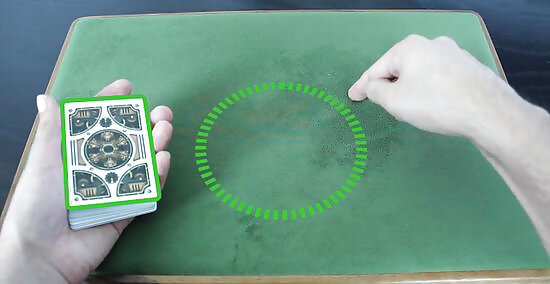
Get a deck of cards and soft, bouncy surface. This trick will not work on a hard table. You'll need a bit of give to the table, as it needs to work somewhat as a spring-board for the card to jump back.

Hold the card near the upper right corner, with your index finger on the corner and thumb on the back of the card. Do not deal the cards like normal. If you're left handed, you can reverse all of the above directions and hold the deck on the left side.
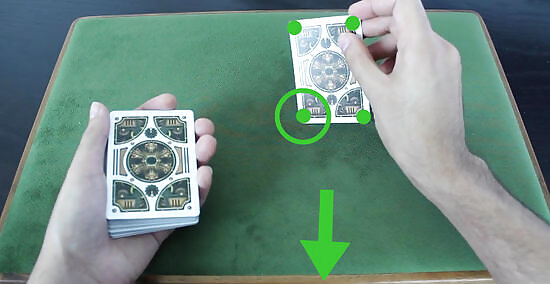
"Deal" the card so that the face points in front of you and the bottom left corner of the card is on the table. You'll basically be showing the card off to the person in front of you, but since you're not really dealing this is no big deal. You want to deal the card "standing."
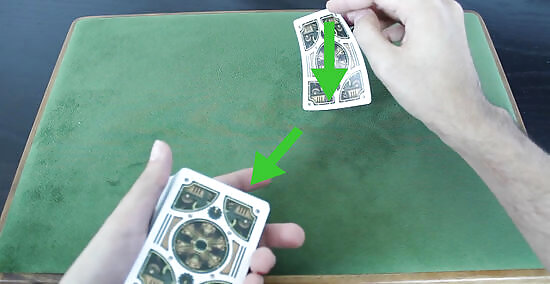
Push down and forward with the card's bottom left corner touching the table. Only this corner needs to touch. Push from your index finger (on the upper-right corner) to curl the card away from you. As you press, the card will bend, and the piece of the card on the table will start to slip.
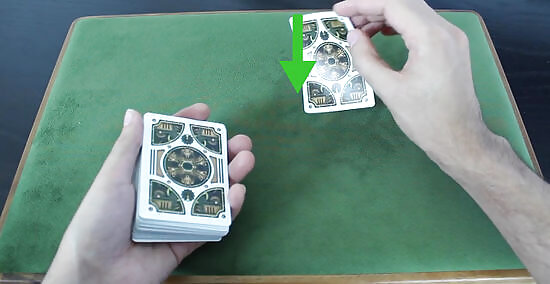
Push until the card "leaps" backward, varying the speed and pressure until you have control of the jump. This needs to happen quickly, in one fluid motion, to work. Repetition is key, as you just need to get used to the bend of the cards so you can control it.
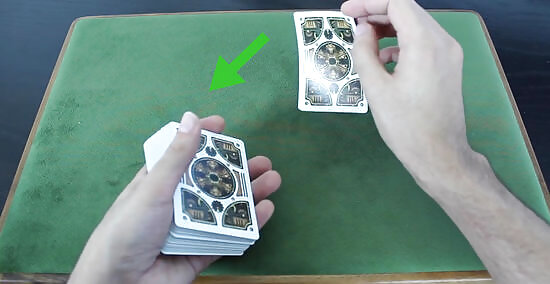
Practice re-catching the card smoothly on top of the deck. Once you can make the card jump, you need to stick the landing. You should practice the movement so that the card always shoots back face down. From there, work on lowering your other hand (holding the deck) so that the card can easily slide back on. It can help to use the "jumping hand" to follow the card back to the deck, allowing you to re-adjust any mistakes and make the whole thing smoother.










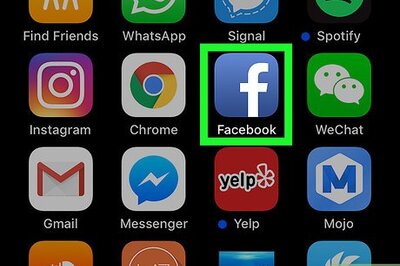
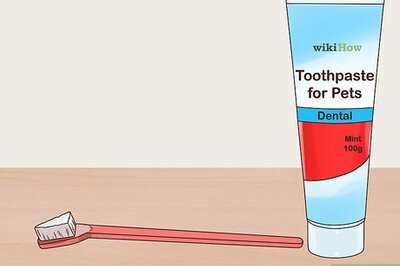
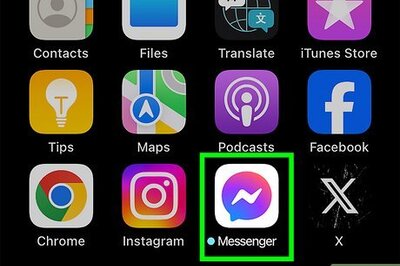

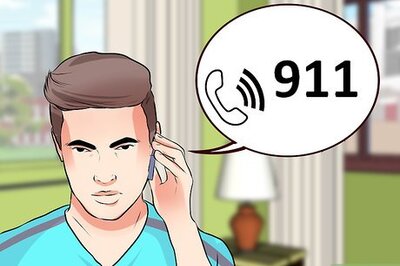
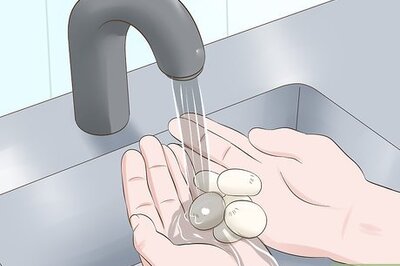

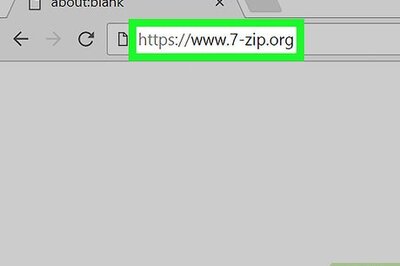


Comments
0 comment